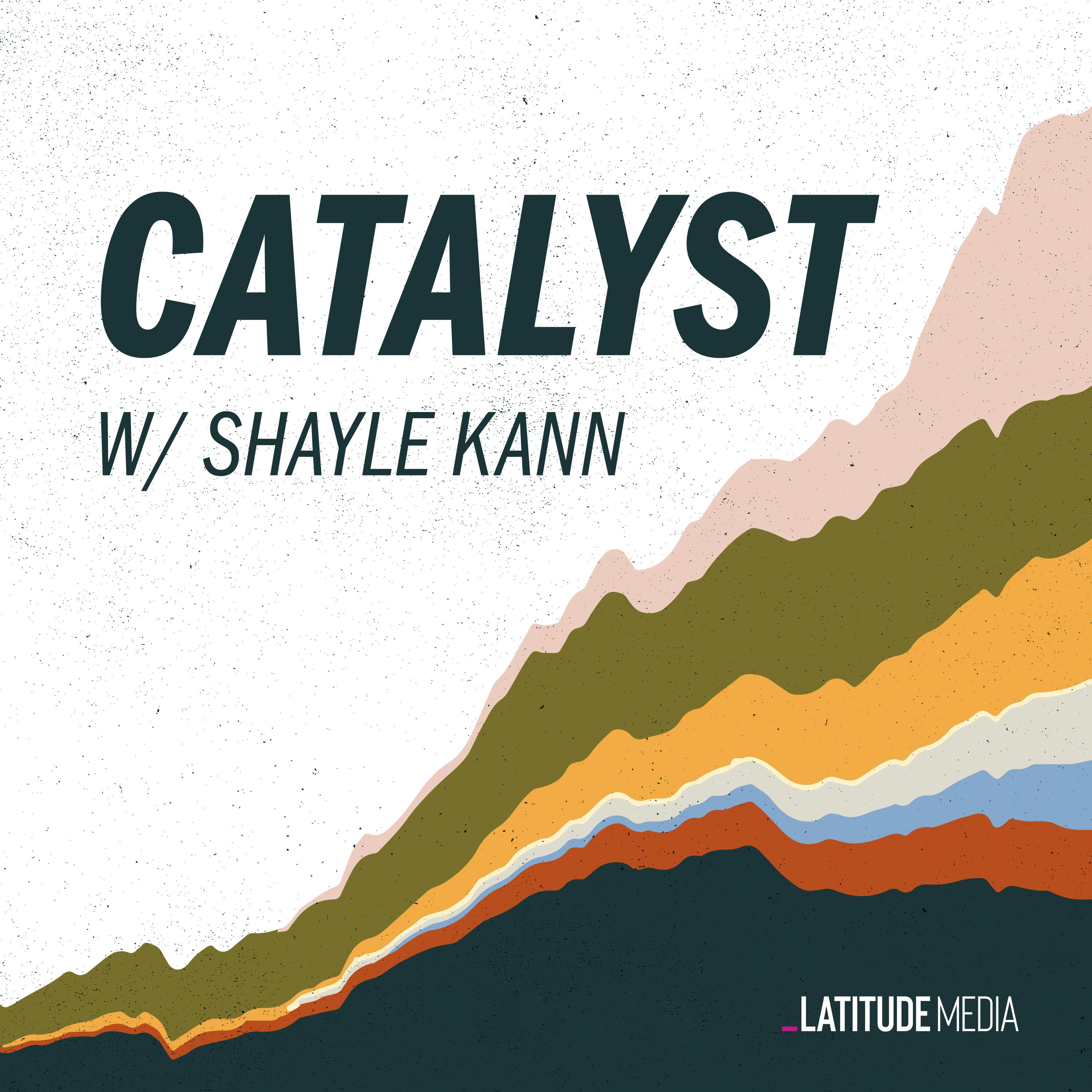Keeping copper from limiting the energy transition
Description
The energy transition is fueling skyrocketing demand for copper, an essential metal for renewables, batteries, and other climatetech.
But supply isn’t keeping up. There’s more than enough copper in the earth’s known reserves to supply our growing demand for the metal, but supply is stagnating due to rising extraction costs and decades-long lead times to open new mines.
A July 2022 report from S&P Global predicts that demand could begin to exceed supply in just a few years.. Without action, a growing supply gap could last into the 2050s, hampering the speed and scale of the transition.
What can we do about it?
In this episode, Shayle talks to Cristóbal Undurraga, the CEO of copper mining technology company Ceibo. They talk about the causes of stagnating supply and the technologies that could help increase production.
They cover topics like:
Energy usage and carbon emissions in copper supply chains
The limitations of scrap recycling to meet growing demand
The geopolitics of copper supply chains, including China’s major role in smelting
The pros and cons of the two major copper extraction methods – concentration and electrolysis
The two major types of ore – copper oxides and copper sulfides, and why one is so much harder to mine
The long lead times to build new mines and why constructing new ones isn’t easy
Ceibo’s approach to increase mine capacity using novel electrolysis technology for copper sulfides
Recommended Resources:
S&P Global: The Future of Copper
The Economist: Copper is the missing ingredient of the energy transition
Bloomberg: The Green Energy Transition Has a Chilean Copper Problem
Catalyst is a co-production of Post Script Media and Canary Media.
Support for Catalyst comes from Climate Positive, a podcast by HASI, that features candid conversations with the leaders, innovators, and changemakers who are at the forefront of the transition to a sustainable economy. Listen and subscribe wherever you get your podcasts.
Catalyst is supported by Scale Microgrids, the distributed energy company dedicated to transforming the way modern energy infrastructure is designed, constructed, and financed. Distributed generation can be complex. Scale makes it easy. Learn more: scalemicrogrids.com.
More Episodes
Rare earth elements (REEs) are essential ingredients in electric vehicles, wind turbines, and many electronics. As with most critical minerals, China controls the vast majority of the REE supply chain. And so when it banned the export of REE processing technology last December, it raised concerns...
Published 04/25/24
Published 04/25/24
A little-known U.S. law called the Jones Act shapes climate tech in weird ways — like hindering offshore wind deployment and pushing up energy prices.
The law, part of the Merchant Marine Act of 1920, requires all cargo shipped between U.S. ports to be carried by ships that meet strict standards....
Published 04/18/24


